Scientist of the Day - John Clerk of Eldin
John Clerk of Eldin, a Scottish scholar and artist, was born Dec. 10, 1728. Clerk in his own day was best known as the author of the first modern English book on naval strategy, Naval Tactics, 1790, which was supposedly used by Lord Nelson at the Battle of Trafalgar. Not bad, for a committed landlubber who never sailed on a ship. But Clerk of Eldin was also a gifted landscape artist, and a good friend of the noted Scottish geologist, James Hutton. When Hutton was gathering material for his landmark book, Theory of the Earth, published in two volumes in 1795, Clerk went along and made careful drawings of geological sections and formations that would support Hutton's argument that the earth is very old and has changed very slowly, mostly due to external forces of weathering and internal forces of heat and pressure. Hutton's book as published includes one engraving after a Clerk drawing, showing the famous "unconformity at Jedburgh” (second image).
But Clerk made many more drawings, and they were intended to illustrate volume 3 of Hutton's work. Hutton unfortunately died before completing the third volume. His manuscript survived, and volume three eventually appeared in 1899, but by that time, the Clerk drawings had disappeared. Happily, they re-emerged in 1968, and in 1978, they were published in facsimile as James Hutton’s Theory of the Earth: The Lost Drawings. We have this large portfolio in our History of Science Collection.
We show here four of Clerk's drawings, taken from our copy of the portfolio: the unconformity at Jedburgh (third image), used for Hutton’s engraving; a section along the Firth of Clyde showing intrusive dikes (fourth image); a section across the Isle of Arran, showing basalt intrusions and xenoliths (fifth image), and our opening image, a detail of Salisbury Crags at Edinburgh, with a witness included who is thought to be Hutton. The Crags are a popular tourist destination in Edinburgh, and there is a mounted plaque there that reproduces a detail of this drawing.
Clerkofeldin.com is a very useful website that reproduces a number of Clerk’s geological drawings, as well as many of his etchings of Scottish vistas and antiquities that we did not discuss here. The site also reproduces a portrait of Clerk by James Saxon (1805) that is in the National Portrait Gallery of Scotland (sixth image).
Dr. William B. Ashworth, Jr., Consultant for the History of Science, Linda Hall Library and Associate Professor, Department of History, University of Missouri-Kansas City. Comments or corrections are welcome; please direct to ashworthw@umkc.edu.

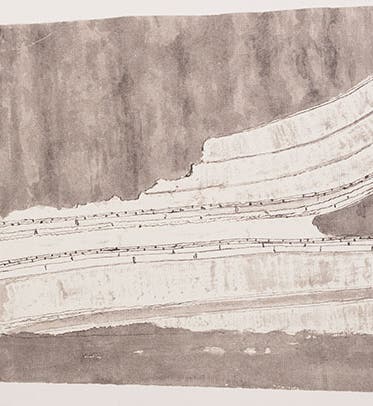
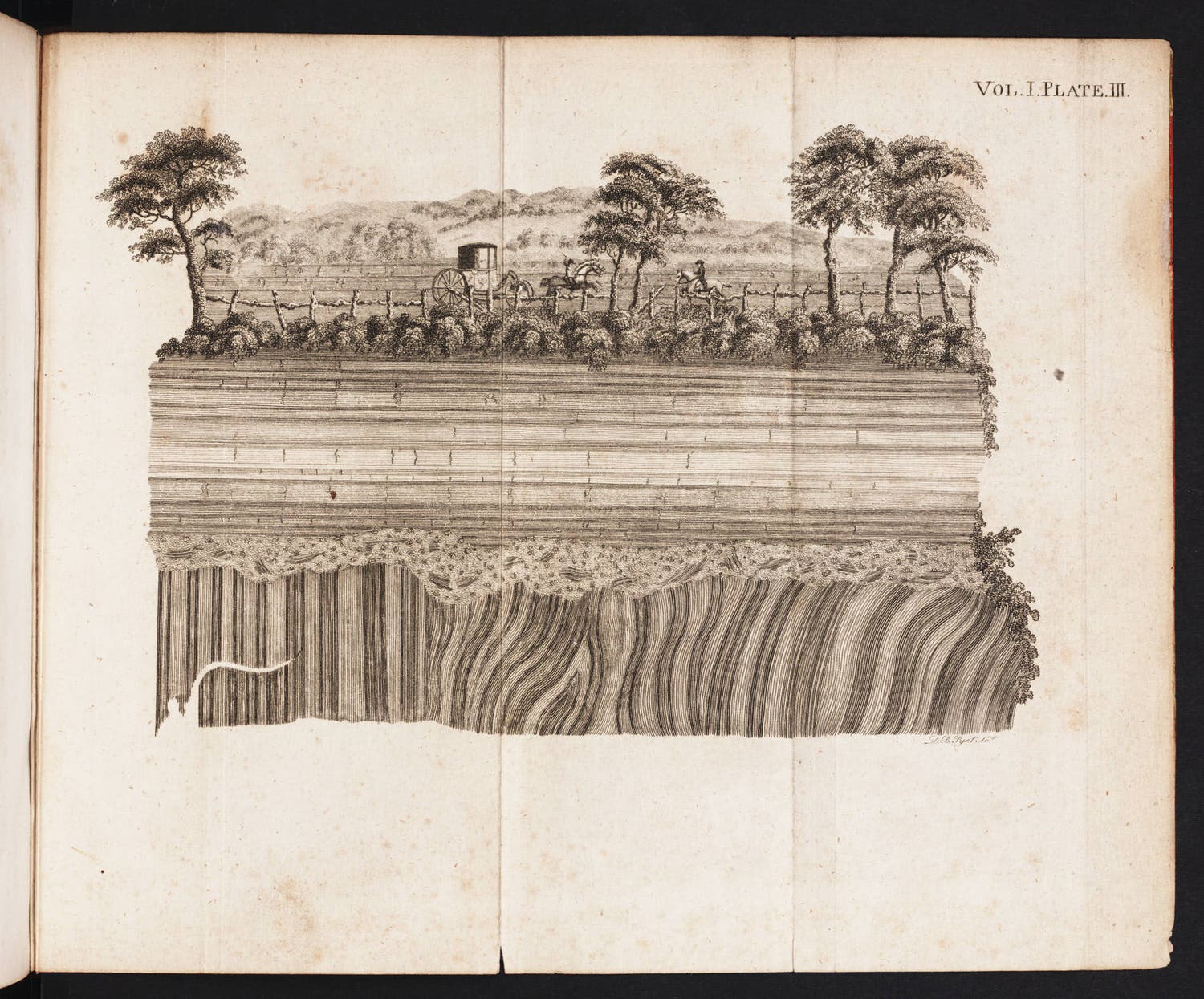
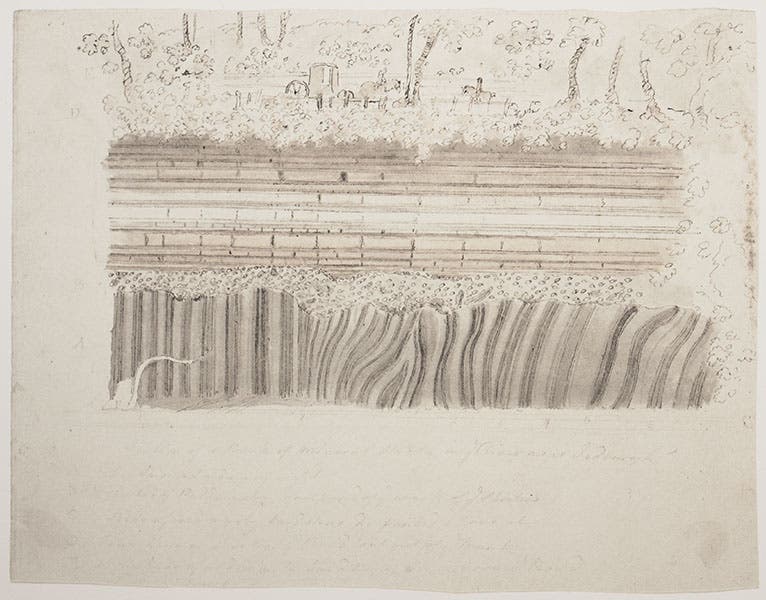
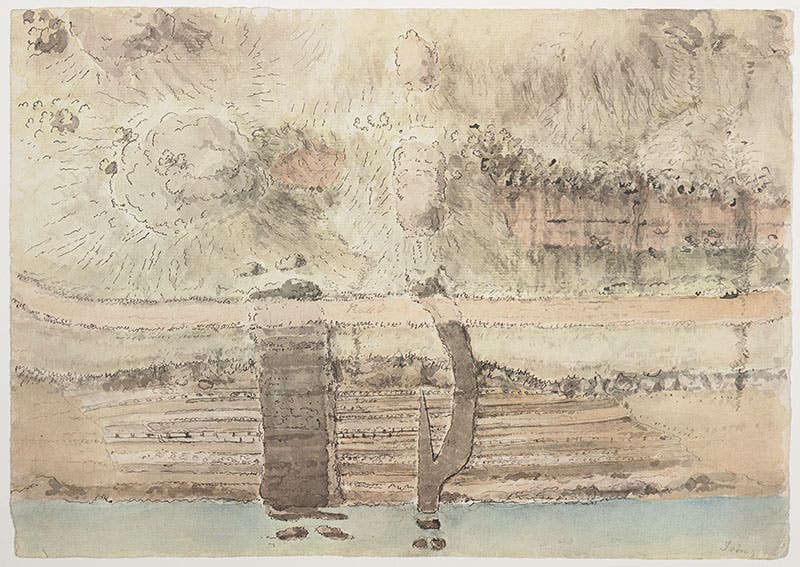
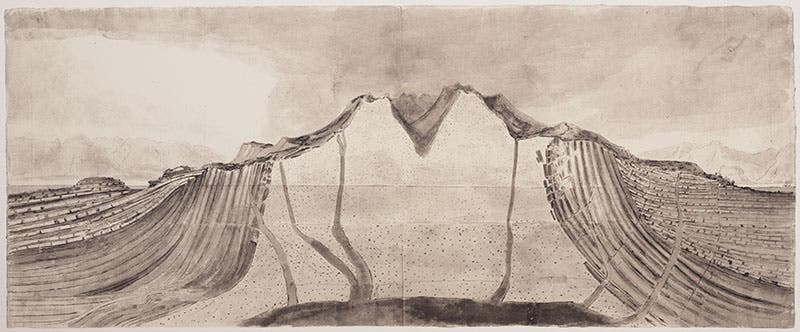
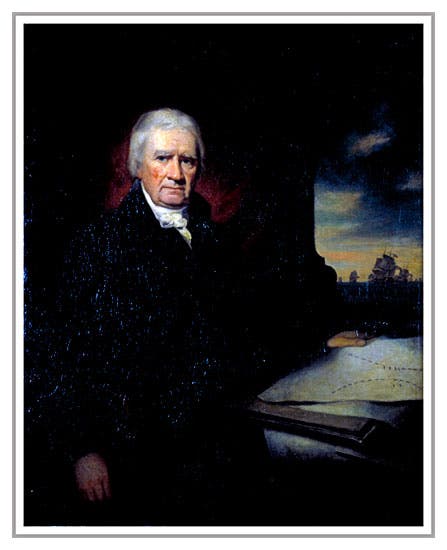
![Columbine, hand-colored woodcut, [Gart der Gesundheit], printed by Peter Schoeffer, Mainz, chap. 162, 1485 (Linda Hall Library)](https://assets-us-01.kc-usercontent.com:443/9dd25524-761a-000d-d79f-86a5086d4774/3829b99e-a030-4a36-8bdd-27295454c30c/gart1.jpg?w=210&h=210&auto=format&fit=crop)



